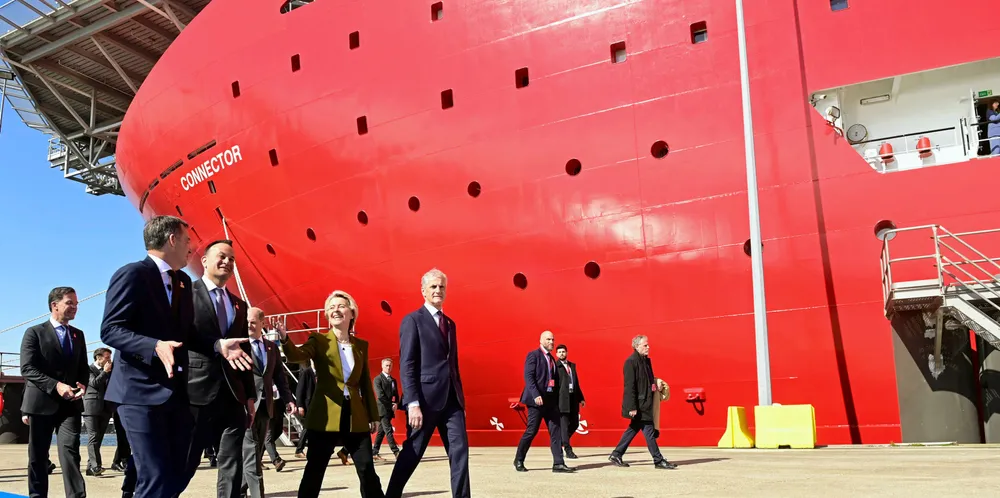'Can't build a factory overnight' | Has Europe bitten off more than it can chew in offshore wind?
Northern seas nations have piled on targets for wind at sea – possibly too far for OEMs to handle, Northland Power's Europe chief warns

Northern seas nations have piled on targets for wind at sea – possibly too far for OEMs to handle, Northland Power's Europe chief warns
